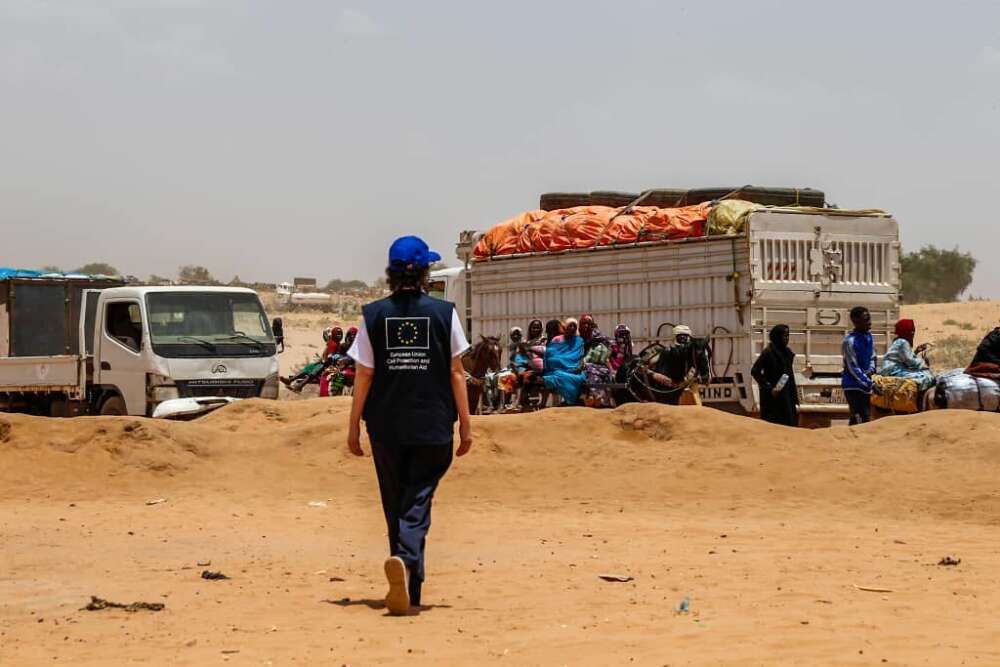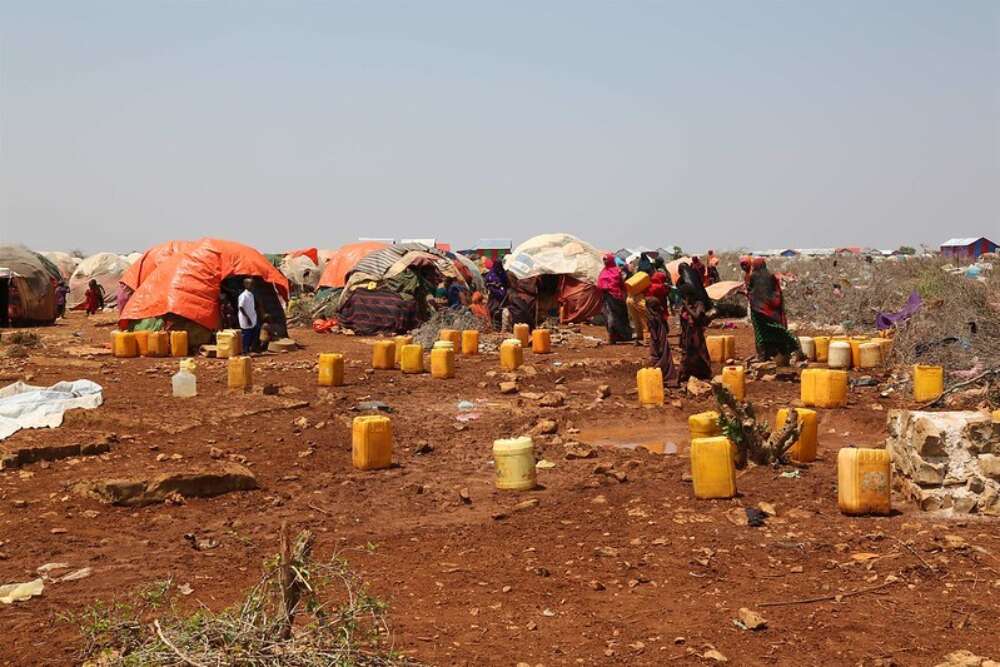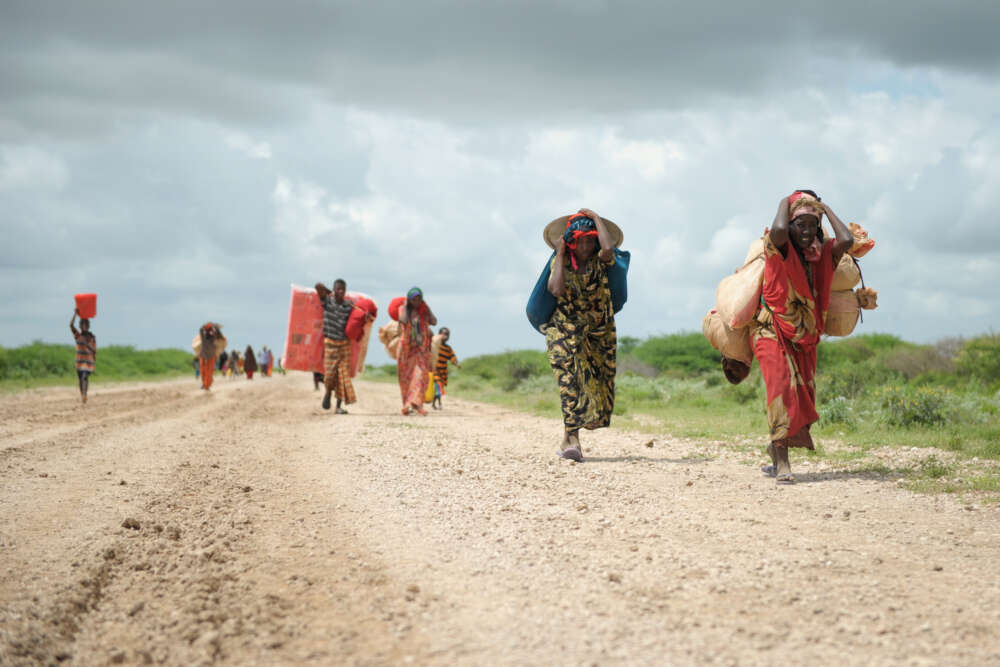The Micro-Politics of Territorial Control in Iraq

This commentary is related to a larger study on local, hybrid and sub-state security forces (LHSFs) in Iraq. Please see the main page for more findings, and summaries about other field research sites.
“What government?” scoffed Abu Ali, a local Turkmen force commander affiliated with the League of the Righteous, a powerful Iranian-backed Shi’a militia, when we asked whether he took orders from Iraqi forces or the central government. He lumped all Sunni Arabs in with the extremists who had abused his Shi’a sub-community in Tuz Khurmatu, south of Kirkuk, and disparaged the Kurds as “backstabbers” and “cheats” who had done too little to stop the extremists and then manipulated the fight against ISIL to seize control. He saw few solutions other than to purge this historically multi-ethnic community of all except Shi’a Turkmen, and while he might be restrained by the head of the League of the Righteous or other senior commanders of the Popular Mobilization Forces (PMF), there was nothing the Iraqi government could do to stop him.
These are the types of problems Baghdad assumed when Iraqi forces and their allies flipped Kirkuk, its nearby oil fields, and other parts of the Disputed Territories from Kurdish to Iraqi control last week. Coming on the heels of the retaking of Mosul, Iraqi forces’ gains this past week may seem like an unequivocal positive for the state’s efforts to reassert territorial control and state authority. But our recent research mapping sub-state forces in Iraq suggests that many of the territories the government reassumed control of are diverse, multi-ethnic, and multi-sectarian communities pump-primed for violence – and Baghdad has little leverage to stop it.
The fragmentation of local security and political dynamics in the last three years will challenge Baghdad’s ability to stabilize and hold these areas. However, by emulating Kurdish and PMF strategies of local control (leaving aside the more ethnically charged and sectarian methods), as well as re-asserting the primacy of Iraqi forces by limiting PMF presence in the Disputed Territories and gradually demobilizing local community forces, Baghdad stands a chance of winning the local peace.
Security Fragmentation, and the Quest for Local Control
Triggered by the outcome of the recent referendum in which 92% of those voting elected for Kurdish independence from Iraq, Iraqi forces retook control of Kirkuk last Monday. In the subsequent days, Peshmerga, or Kurdish, forces stood aside as Iraqi and allied forces reassumed control of two key oil fields in Kirkuk governorate; key northern and western areas of Ninewa governorate, including Sinjar and areas around the Mosul Dam; Tuz Khurmatu in Salah ad-Din governorate; and parts of Diyala governorate extending to Khanaqin on the Iranian border. These areas had long been part of the Disputed Territories – the areas of Iraq claimed by both the Baghdad-centered Iraqi government and the Kurdistan Regional Government – but had been under predominantly Iraqi control prior to 2014. However, as Iraqi forces fled in the face of the ISIL threat, Kurdish forces moved in to defend key areas of Kirkuk and Tuz Khurmatu, and then assumed control of areas north and west of Mosul, like Sinjar, Rabi’a, and Zummar, when ISIL was pushed out. The result was an estimated 40% more territory under predominantly Kurdish control since 2014, at least until this month. In the span of a few days, Iraqi forces undid all of that, neutering the KRG’s three-year (arguably 14-year) project of extending control and influence in the Disputed Territories.
But the territories Baghdad retook are not the same as they were in 2014. First, the security dynamics are more fragmented, with more local forces to contend with, each with competing and fluid allegiances to larger national and regional political forces. When state control of northern Iraq lapsed, particularly with the fall of Mosul, it snapped the backbone of the local security and governance framework. The Iraqi government and its allies sought to fill the gap and to confront the threat posed by ISIL with whatever fighters they could muster, and non-state and substate forces proliferated. Baghdad mobilized and expanded pre-existing militia groups into the Popular Mobilization Force (PMF), which would swell to 120,000 forces by 2015. The PMF itself, as well as Kurdish Peshmerga forces, the United States, Turkey, and other actors, also mobilized and armed a range of smaller local forces, from Sunni tribal forces to local and minority defense forces from communities across the Disputed Territories.
…
The full commentary can be found at War on The Rocks.







